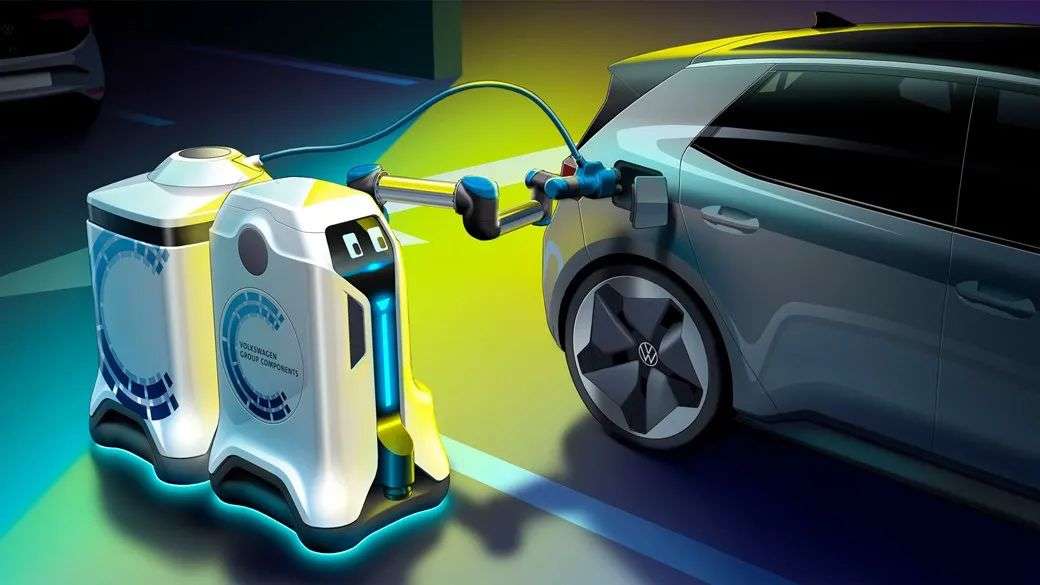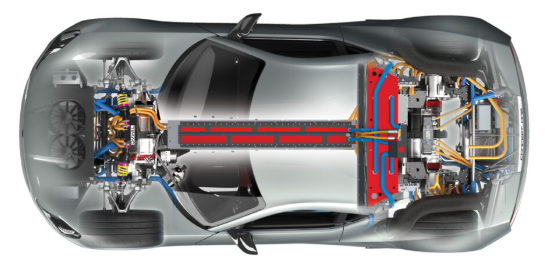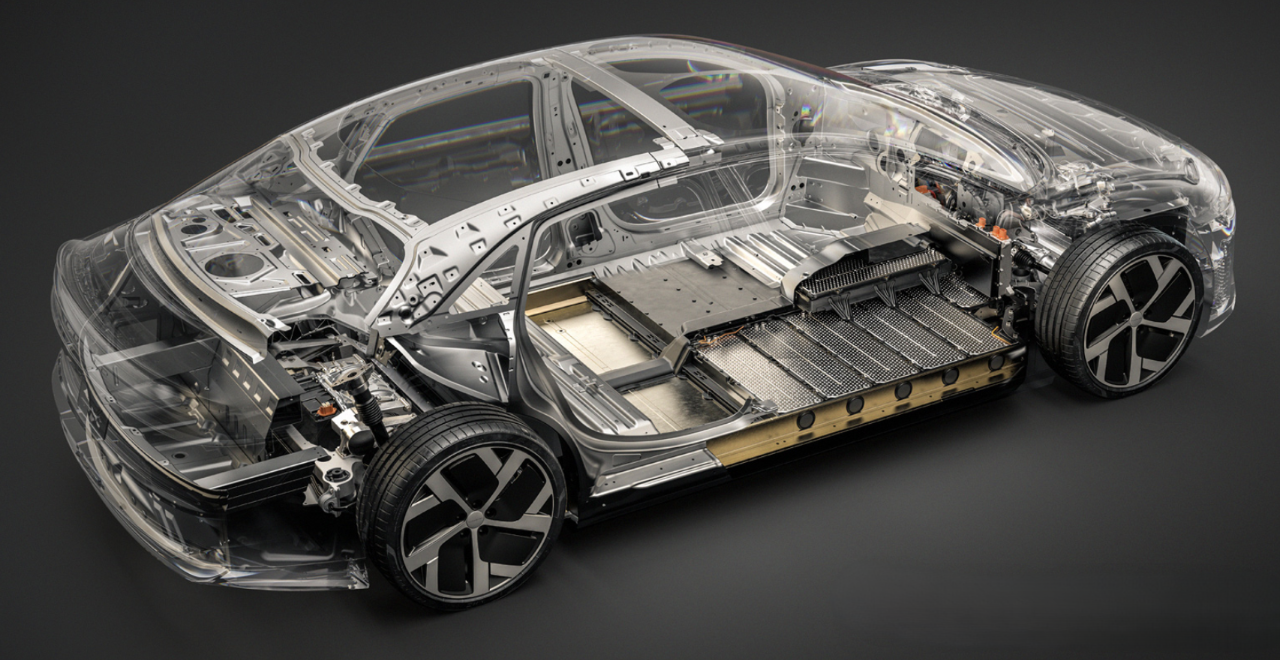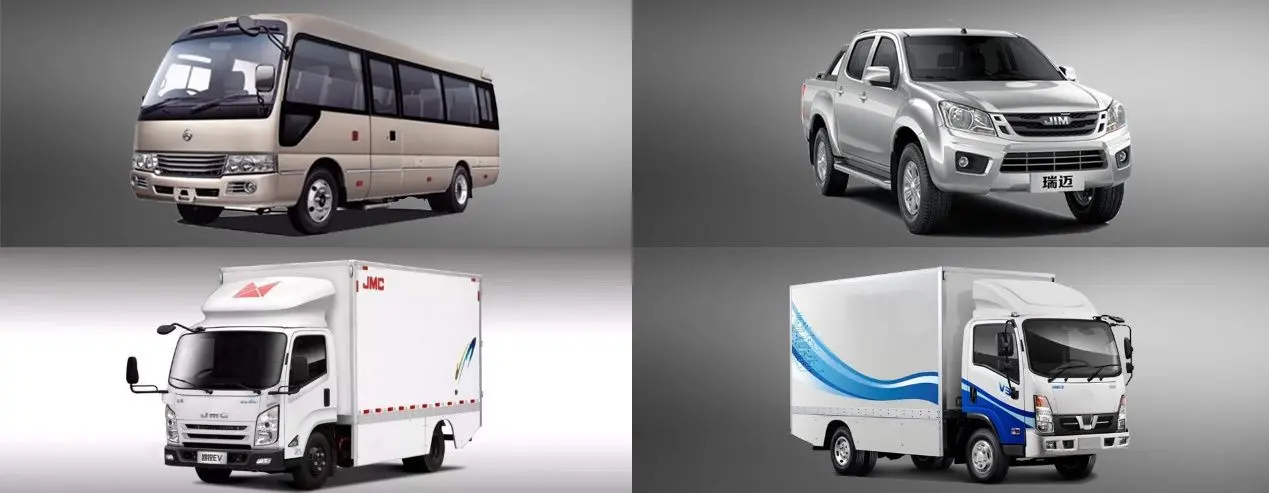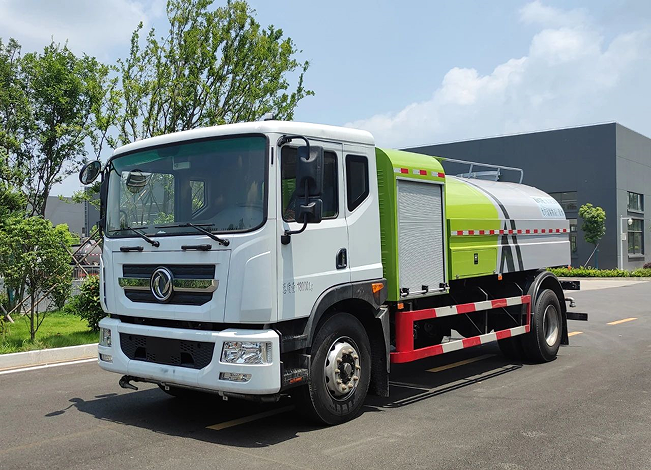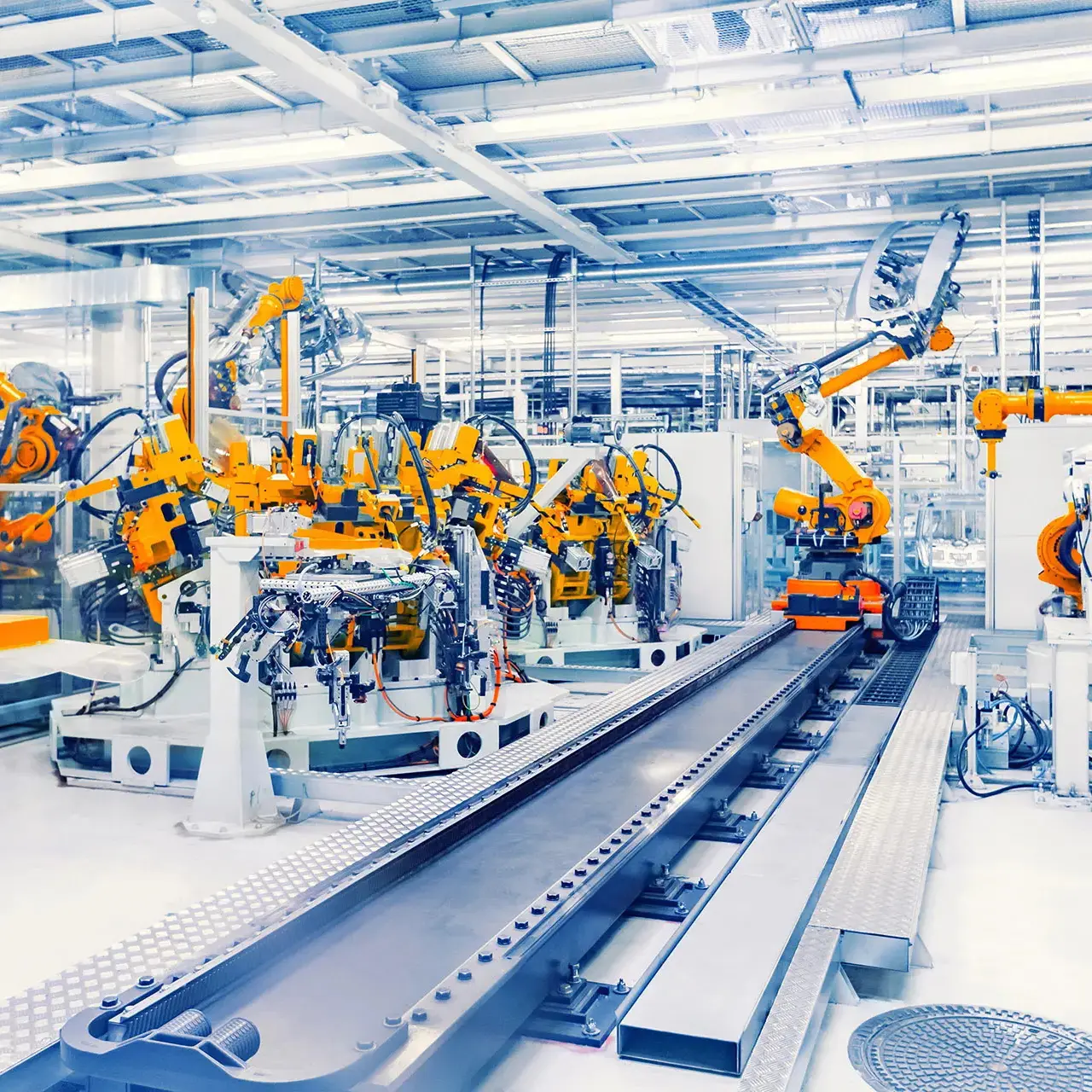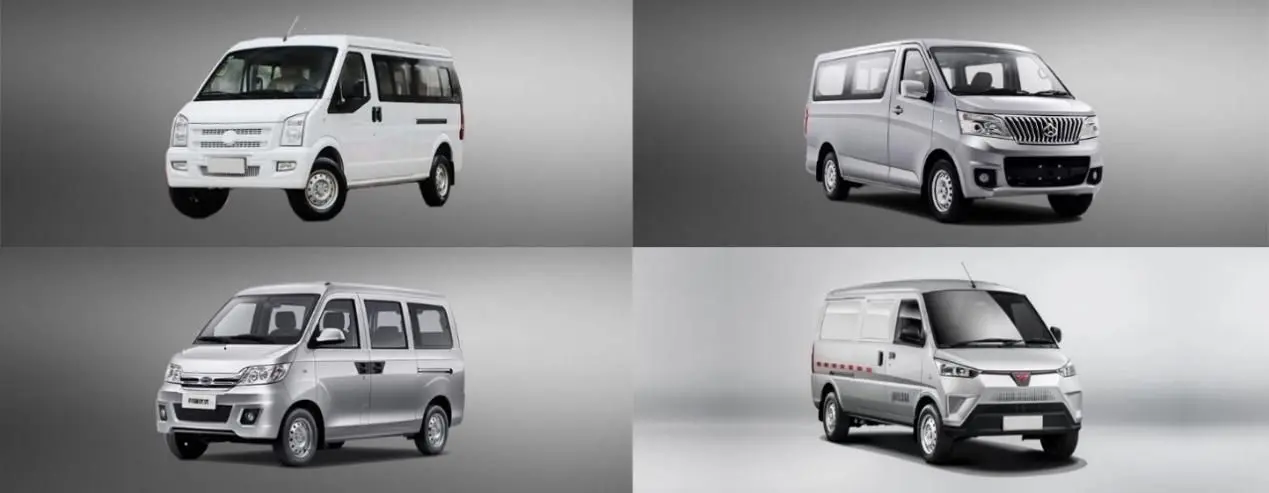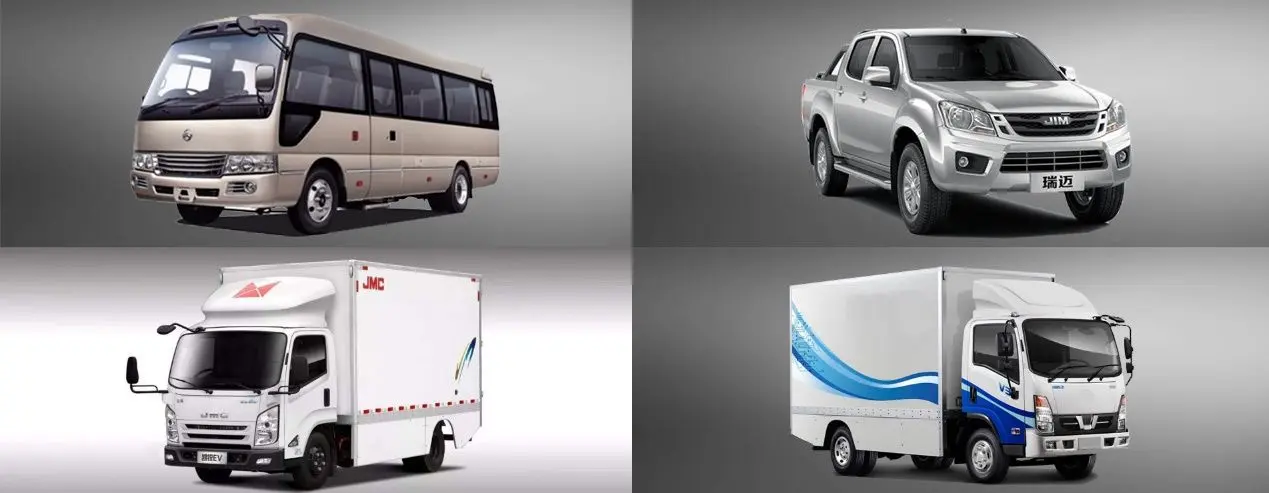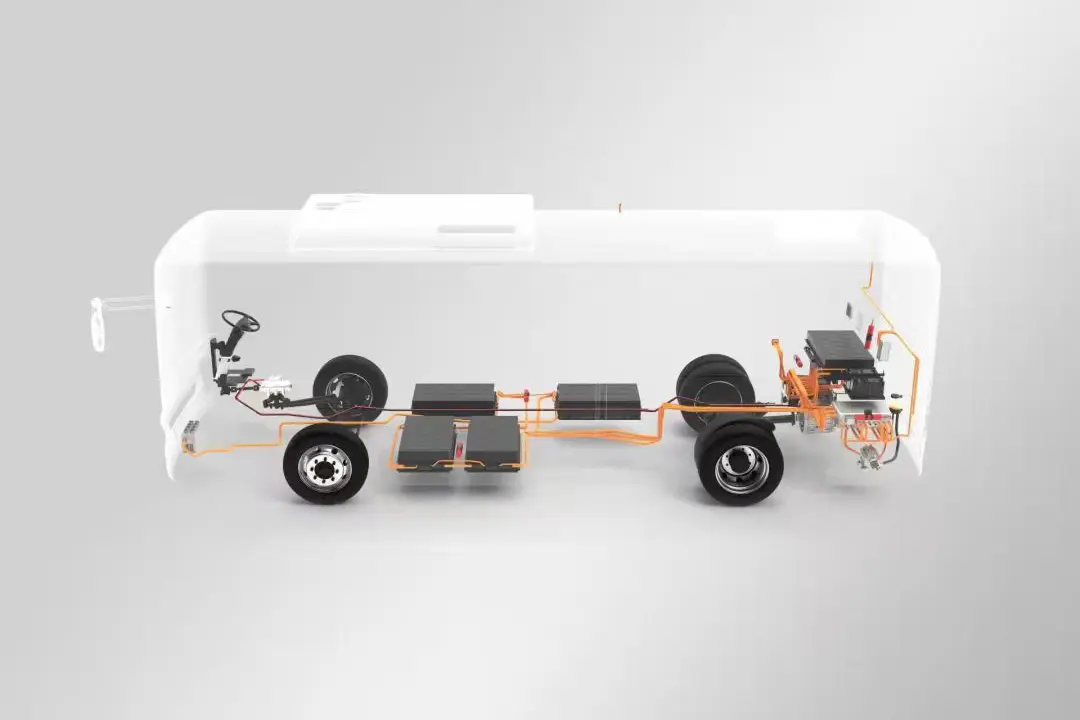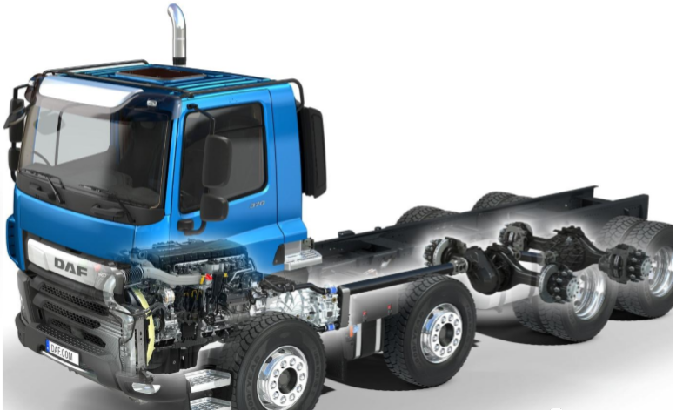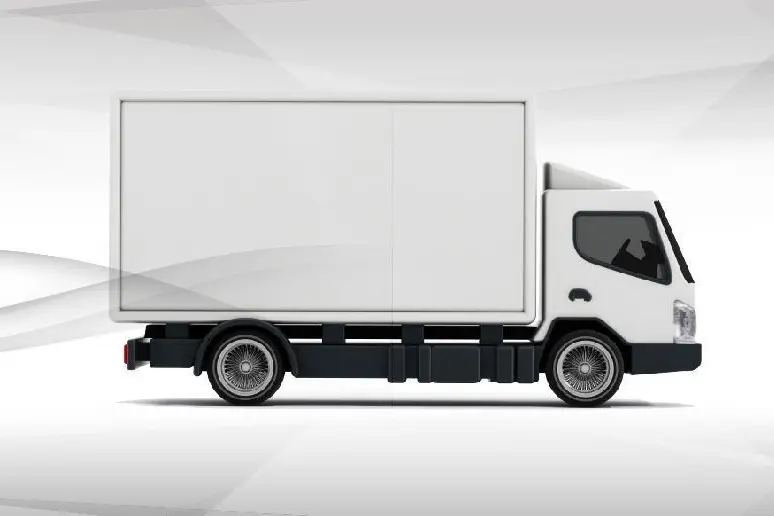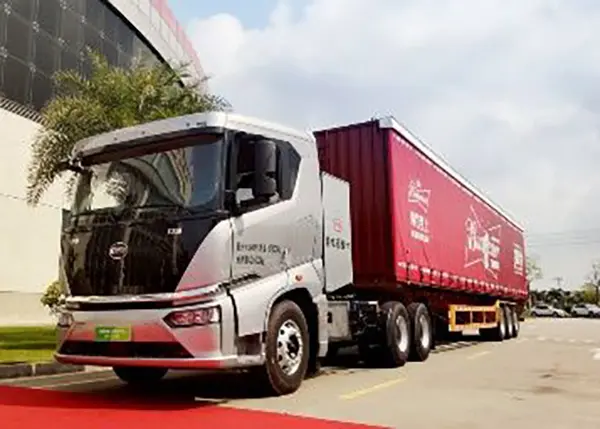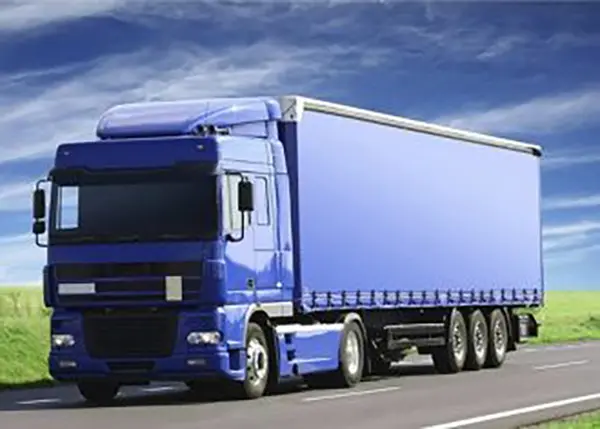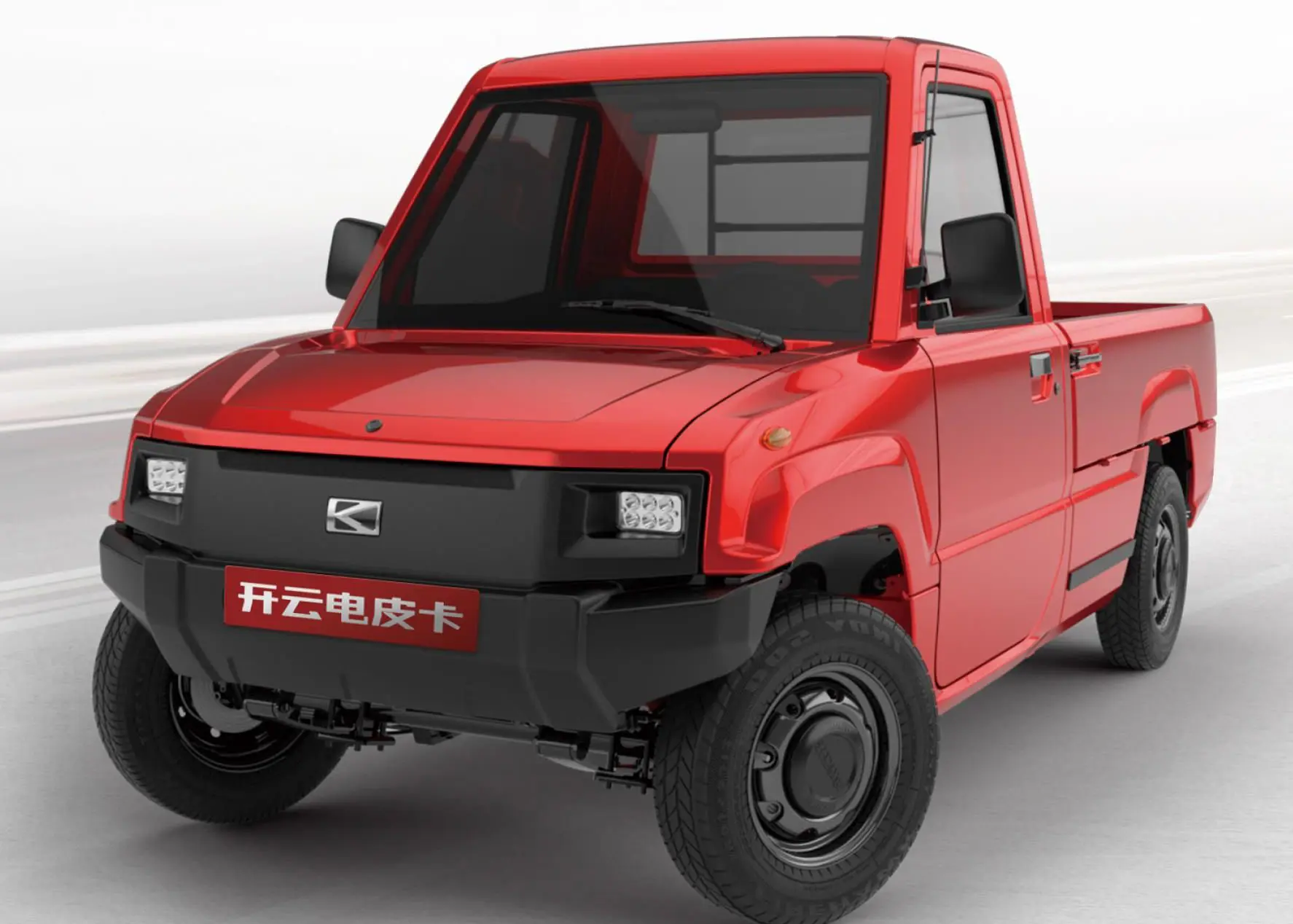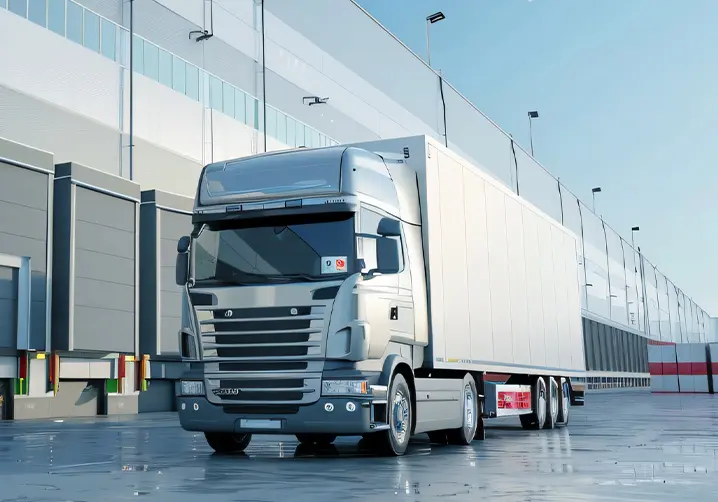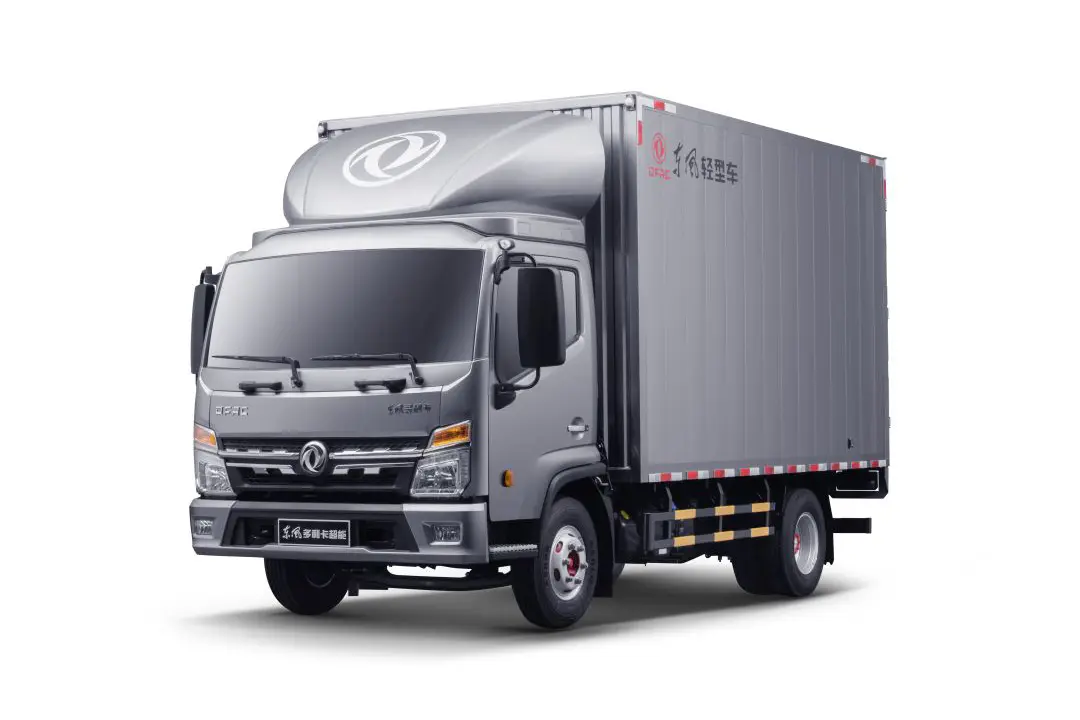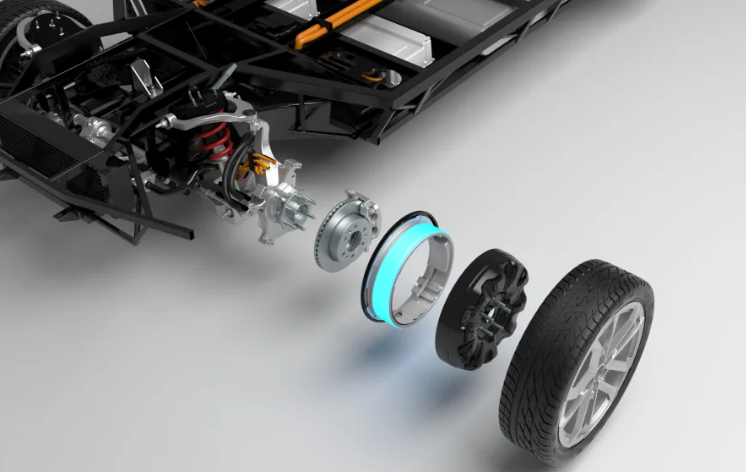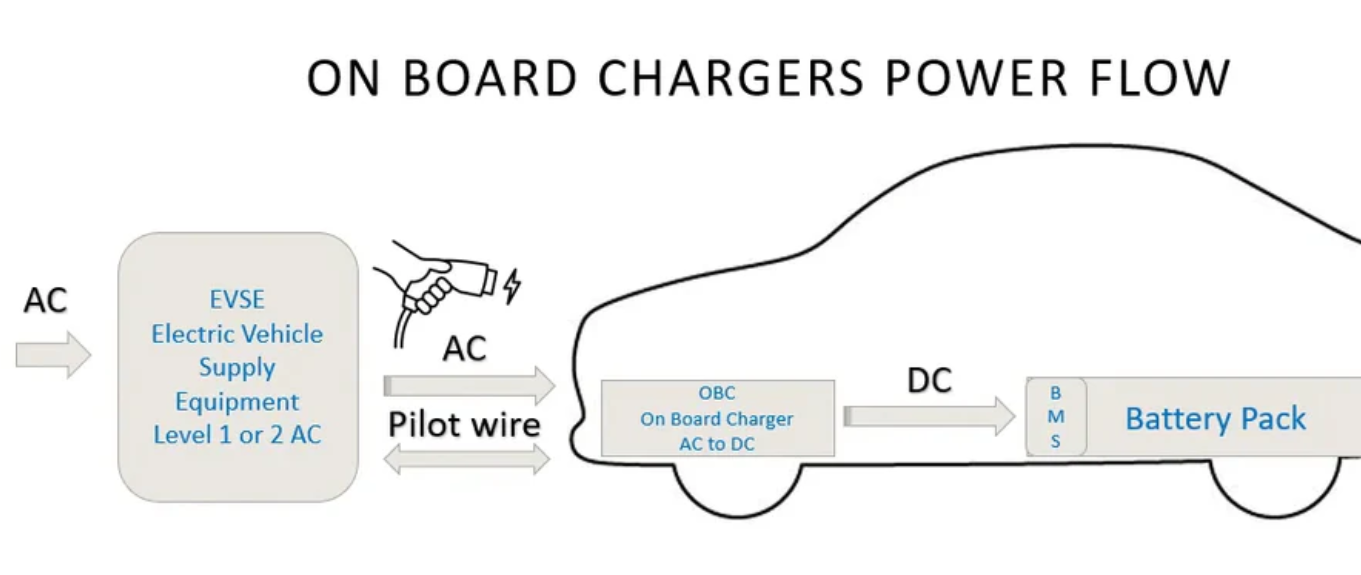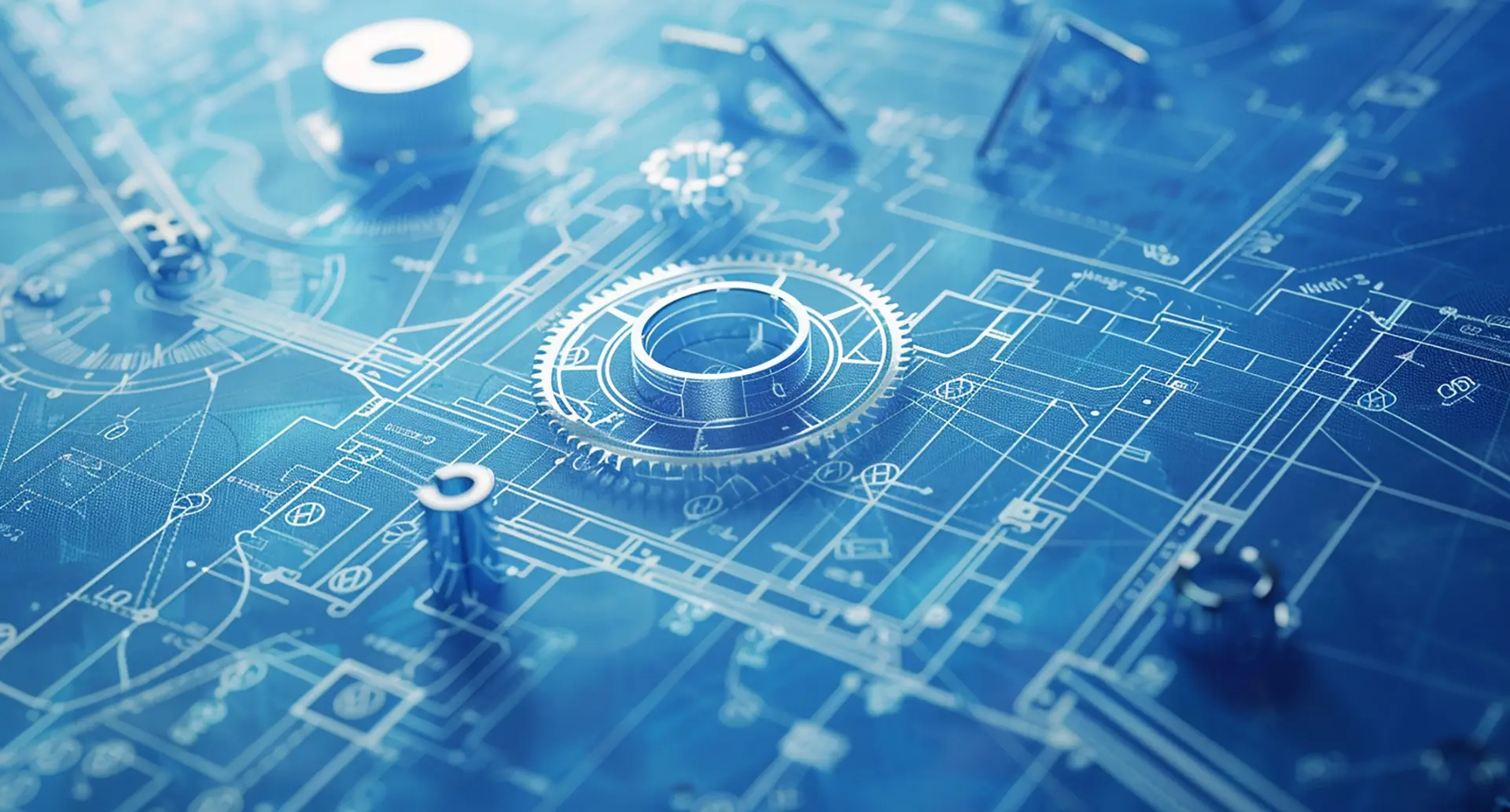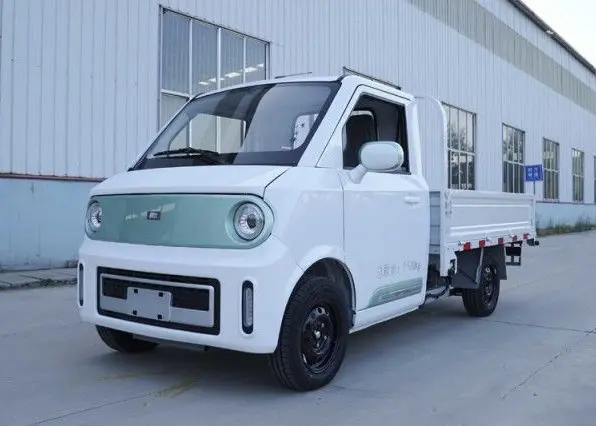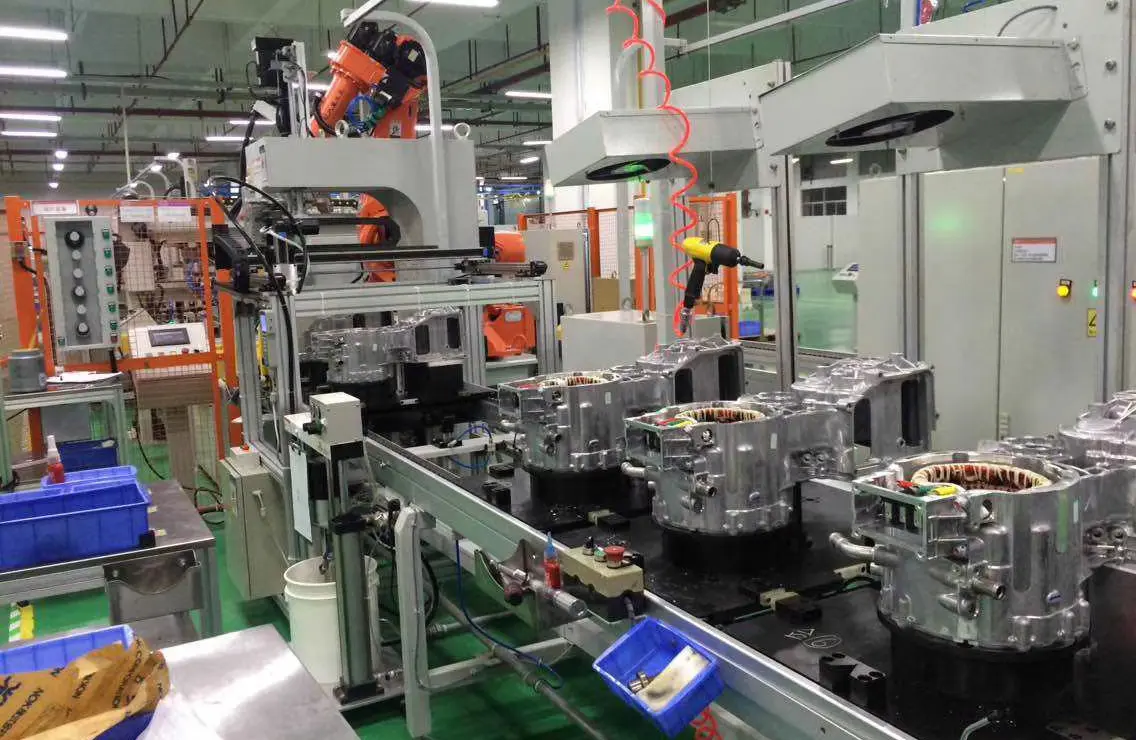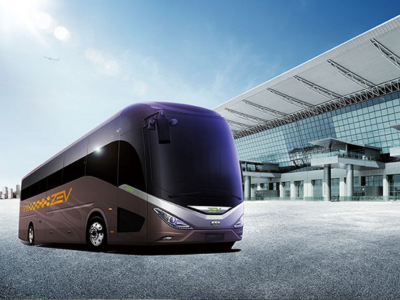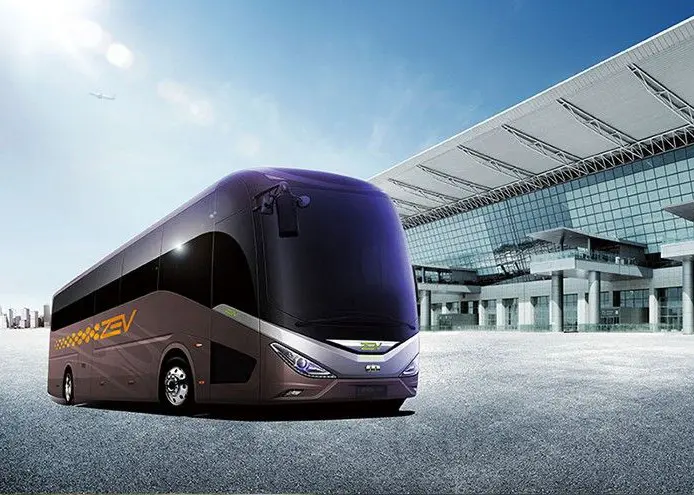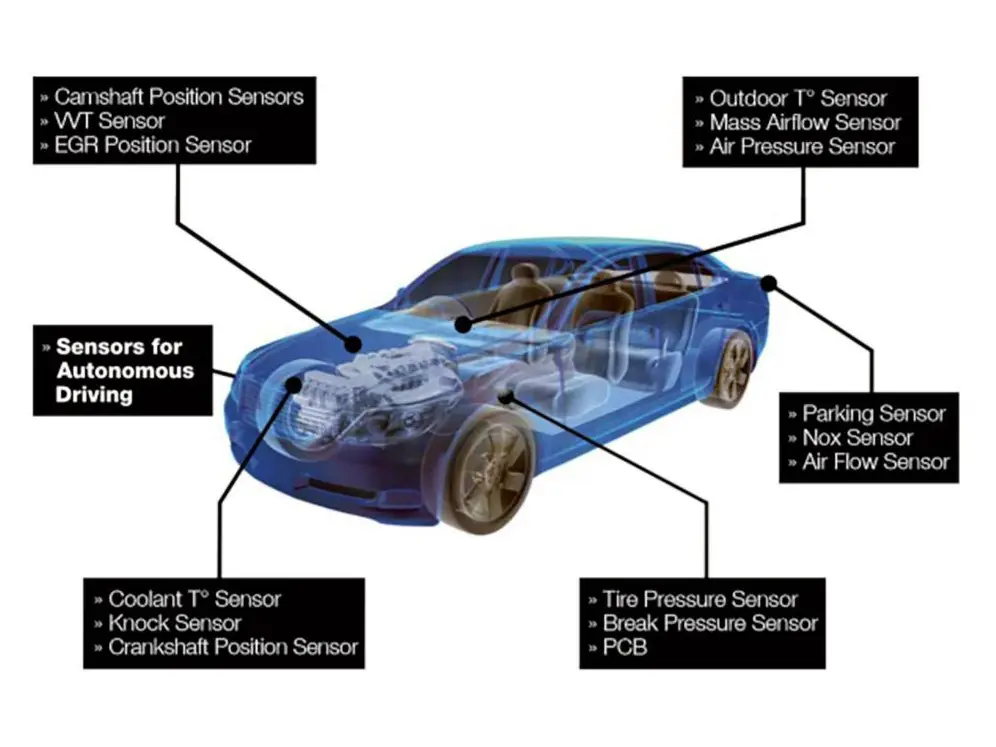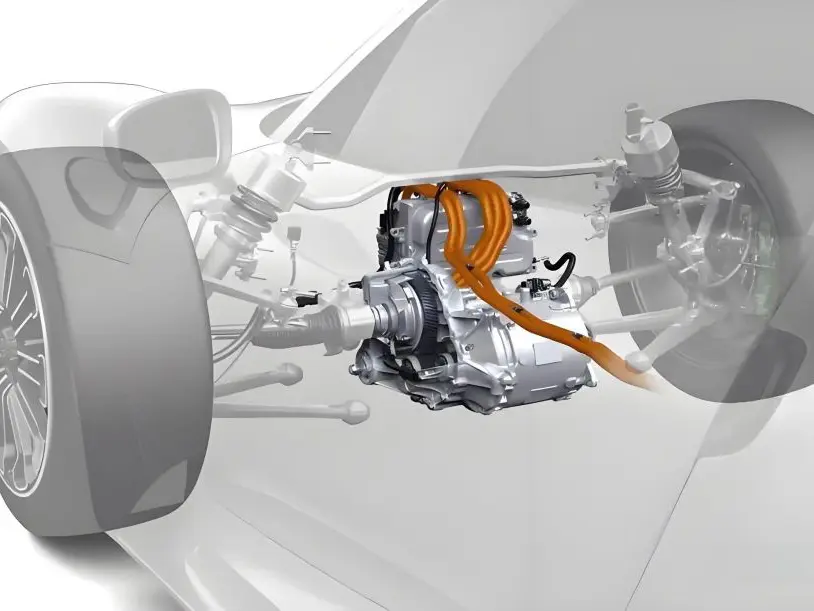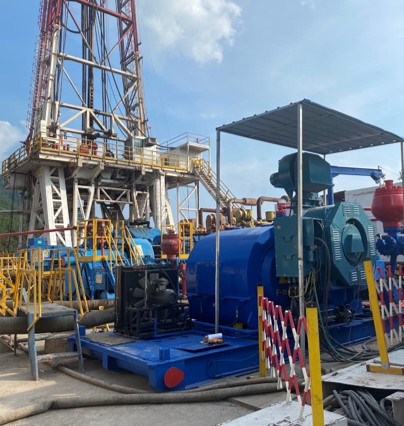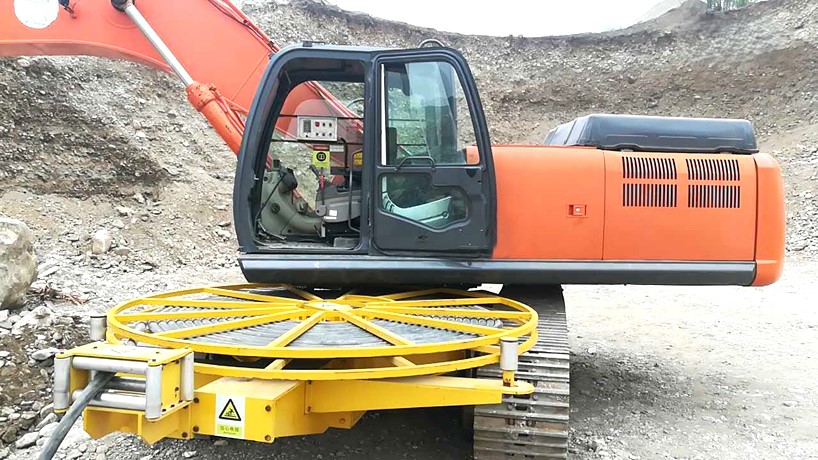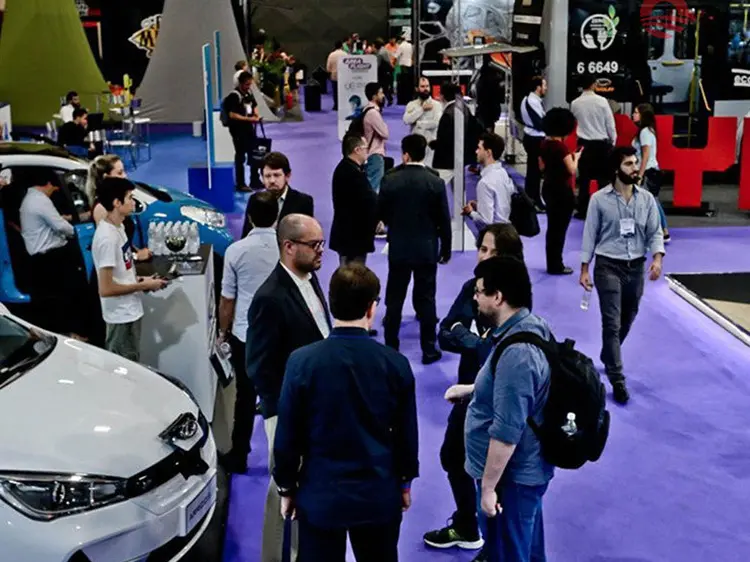What Are The Benefits Of High Speed High Torque Motor?
Introduction to High Speed High Torque Motors
Driven by technological advancements and the growing demand for sustainable mobility solutions, electric vehicles (EVs) are revolutionizing the automotive industry. Among the many innovations shaping the field of electric vehicles, high-speed, high-torque motors stand out as a game-changer. This blog explores the benefits of high-speed, high-torque motors, delving into their design, benefits, technology, cost-effectiveness, environmental impact, and future trends.
A high-speed and high-torque motor is a motor that can output a large amount of torque at a higher speed. Designed to combine high speed with high torque output, these motors are typically used in applications that require fast response and high power. Although "high speed" and "high torque" are often seen as mutually restrictive attributes in motor design (because in general, the torque decreases as the speed of the motor increases), the combination of the two can be achieved through specific technologies and designs, such as the use of permanent magnet materials, optimized electromagnetic design, and improved cooling systems.
High-speed motors are usually defined as motors with a speed of more than 10,000 rpm, and their rotor linear speed may be greater than 50m/s, or even higher standards, further distinguishing high-speed and ultra-high-speed motors according to the product of power and speed. The high torque characteristics require the motor to provide a strong torque output in a small size, which is often achieved by enhancing the magnetic circuit design, increasing the magnetic flux density, or employing a special motor structure such as an internal rotor permanent magnet motor.
In practical applications, high-speed and high-torque motors may be induction motors, permanent magnet motors or switched reluctance motors, among which permanent magnet motors (PMSMs) are more common in applications that need to meet both high-speed and high-torque requirements due to their high efficiency and wide speed range. For example, high-speed, high-torque motors are key components in high-performance drive systems for electric vehicles, precision machining machines, aerospace equipment, and industrial robots that require fast and precise positioning.
To achieve high speeds and torques, motor designs need to overcome a number of challenges, including increased rotor strength to withstand centrifugal forces at high speeds, efficient cooling systems to control temperature rise, and the possibility of special bearing systems such as magnetic bearings to support high-speed rotation. In addition, the design of the motor controller (MCU) is also critical, as it needs to handle high-frequency currents and voltages to ensure stable operation of the motor.
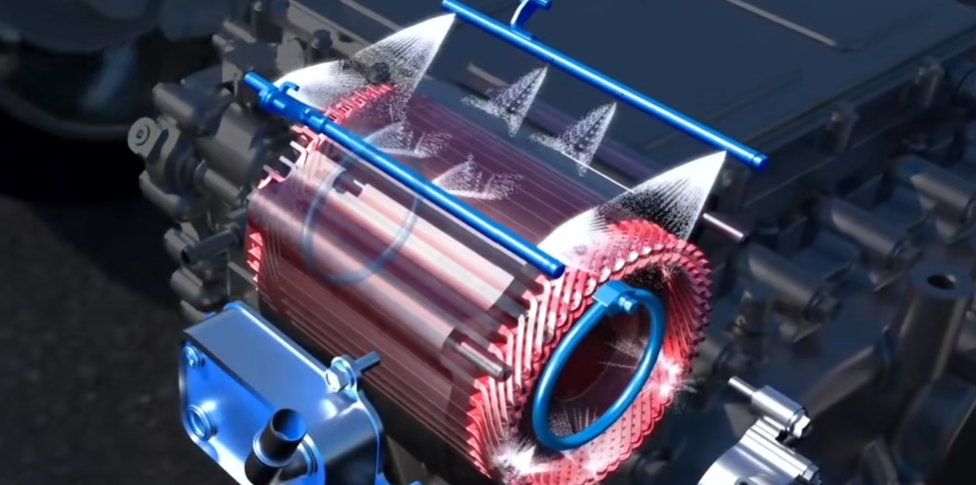
Key Benefits of High Speed High Torque Motors
The advantages of high-speed and high-torque motors include:
1. High torque output: In the rated speed range, the high-speed and high-torque motor has a high torque output, which can meet the application needs of large load and low-speed operation.
2. High efficiency: This type of motor can output more torque under low power conditions, thereby reducing the energy consumption of the system.
3. Precise control: The control accuracy of the high-speed and high-torque motor is high, and closed-loop control can be realized, which is suitable for precision positioning and uniform motion and other fields.
4. High-speed performance: The motor has high speed, which is suitable for high-speed operation applications.
5. Low noise: low operating noise, will not produce too much noise and vibration, suitable for applications with high noise requirements.
6. High power density: Due to the high speed, the volume of the motor is much smaller than that of ordinary motors of the same power, which can effectively save materials.
7. High transmission efficiency: The high-speed and high-torque motor can be directly connected to the prime mover, which cancels the traditional deceleration mechanism, thereby improving the transmission efficiency.
8. Fast dynamic response: The moment of inertia of the high-speed motor is small, which makes the dynamic response fast.
9. Strong adaptability: high-speed and high-torque motors can adapt to a variety of scenarios, such as cargo transportation and public transportation.
10. Low maintenance cost: Although it is difficult to manufacture high-speed motors, their maintenance costs are relatively low and their service life is long.
These advantages make high-speed and high-torque motors perform well in applications that require high torque output, precise control and high-speed operation, such as industrial machinery, automation equipment, new energy vehicles, etc.
Selection of high-speed and high-torque motor types
(1) In the application of medium and low-speed working conditions, permanent magnet motors occupy the mainstream with efficiency advantages;
(2) In the application of medium and high-speed working conditions, induction motors and permanent magnet motors coexist;
(3) In ultra-high-speed applications, induction motors are the majority.
Technical Advantages of High Speed High Torque Motors
The high-speed and high-torque motor is small in size, can be directly connected to the high-speed load (direct drive), eliminates the need for traditional mechanical speed increase devices, reduces system noise and improves system transmission efficiency. At present, the main high-speed motors, permanent magnet motors, and switched reluctance motors have been successfully realized. The main characteristics of high-speed motors are high rotor speed, stator winding current and high magnetic flux frequency in the core, and high power density and loss density. These characteristics determine that high-speed motors have unique key technologies and design methods that are different from normal-speed motors, and the difficulty of design and manufacturing is often doubled compared to ordinary high-speed motors.
The key technology of high-speed and high-torque motors
The application of high speed, ultra-high speed and high torque has broad prospects, but at the same time brings extremely high challenges to the motor, and we find that there are four categories after combining these problems with similar items. They are heat dissipation, type selection, vibration and noise, and efficient design.
(1) Heat dissipation: the motor loss increases with the geometric progression of the speed, and the heat generated by the high loss makes the temperature rise of the motor increase extremely fast, in order to maintain high-speed operation, it is necessary to design a cooling method with good heat dissipation. Common cooling methods for high-speed motors include internal forced air cooling and internal oil cooling.
(2) Motor selection: The selection of high-speed motor types has always been a question without a standard answer. Generally, from the perspective of power density and efficiency, it is advantageous to choose permanent magnet motors, while induction motors and switched reluctance motors are selected from the perspective of reliability. However, because of the high vibration and noise, the application of switching reluctance is less. Induction motors are the majority in ultra-high applications, and induction motors and permanent magnet motors coexist in high-speed applications.
(3) Vibration and noise: The problem of vibration and noise is a big obstacle for high-speed motors. Compared with ordinary motors, there are vibration problems caused by rotor dynamics, such as the critical speed of the rotor and the deflection vibration of the shaft. There is also the problem of acoustic noise generated by high-frequency electromagnetic force, and the electromagnetic force frequency of high-speed motor is higher and the distribution range is wider, which is very easy to provoke the resonance of the stator system.
In order to avoid critical speed vibration, the rotor design of high-speed motors is very critical, and rigorous modal analysis and testing are required. The aspect ratio needs to be used as an optimization variable in the design: the rotor design is too thick and short, which can increase the upper limit of the critical speed and is less prone to resonance, but the difficulty of the rotor to overcome centrifugal stress increases. On the other hand, the slender rotor design improves the centrifugal strength problem, but the critical speed decreases, the probability of resonance increases, and the electromagnetic power also decreases. Therefore, the design of the rotor needs to be repeatedly balanced, which is the top priority in the design of high-speed motors.
(4) Efficient design: the motor loss increases with the geometric progression of the speed, and the high loss makes the motor efficiency decay rapidly, in order to achieve high efficiency, all kinds of losses must be controlled. Taking iron consumption as an example, in order to reduce eddy current loss, ultra-thin silicon steel sheets of 0.10 mm and 0.08 mm are generally used. Ultra-thin sheets can reduce eddy current losses but cannot improve hysteresis losses, so the iron loss and hysteresis losses of ultra-thin sheets account for the majority, while the eddy current losses in ordinary sheets account for the majority. To improve hysteresis loss, you can start from the following three ways:
● Optimize the magnetic circuit design to improve the sinusoidality of the magnetic field and reduce the harmonic iron loss;
● Reduce the magnetic load, increase the heat load, and reduce the fundamental iron consumption;
● Starting from the material selection, choose silicon steel sheet with less hysteresis loss.
In addition to iron loss, high-speed and high-torque motors also need to pay extra attention to AC losses, which are caused by the penetration of high-frequency alternating magnetic fields, which often appear outside the magnets, metal sheaths, and stator windings. Taking the AC loss of magnets as an example, the common method is to divide the magnet into multiple segments, which can be segmented in radial or axial directions. Segmentation can reduce the eddy circulation area and reduce AC loss.
Challenges for high-speed and high-torque motors:
1. The loss problem of high-speed and high-torque motor: with the increase of speed, the loss of the motor also increases geometrically, and the increase of winding current and magnetic flux alternating frequency in the iron core also leads to the increase of the loss of the basic motor, which makes the motor heat up seriously. In addition, the rotor surface rubs against the air gap at high speed, and the friction loss is higher than that of the normal-speed motor. For the permanent magnet motor, the eddy current loss becomes larger after high speed, the magnetic steel is seriously heated, and the heat dissipation becomes worse after it is small, and the risk of demagnetization is greatly increased.
Taking iron loss as an example, in order to reduce eddy current loss, 0.1 or 0.08mm ultra-thin silicon steel sheet is generally used, ultra-thin silicon steel sheet can reduce eddy current loss but can not change hysteresis loss, to improve hysteresis loss, there are three ways: (1) optimize the magnetic circuit design, improve the sinusoidality of the magnetic field, and reduce the harmonic iron loss; (2) Reduce the magnetic load, increase the heat load, and reduce the fundamental iron consumption; (3) The material is selected as a silicon steel sheet with less hysteresis loss.
2. The heat dissipation problem of high-speed and high-torque motors: high-speed and high-torque motors will generate a lot of heat under high-power work, and an effective heat dissipation system is needed to keep the temperature stable, prevent overheating from having a negative impact on the performance and life of the motor, and strengthen the cooling of the rotor core and magnets. There are two common cooling methods for motors: oil cooling and water cooling. Generally, high-speed motors need to be combined with high-performance cooling, the cooling channel is arranged in the winding, and the cooling pipeline is arranged in the stator groove to directly contact the winding, and the cooling water is circulated for cooling and heat dissipation, so as to improve the cooling efficiency of the winding.
Oil cooling allows the rotor shaft to flow oil, and when the rotor rotates, the internal oil can be thrown to the end of the stator to cool the stator and rotor of the motor. In addition, the arrangement of oil pipes on the housing can also realize spray cooling of the motor. Tesla, Toyota and other OEMs have rotor cooling designs. The thermal energy management technology of high-speed permanent magnet synchronous motor has undergone a series of developments, such as the development of motor cooling system from air cooling to water cooling, and now to oil cooling, the development process of filling materials between stator and water jacket, and the stator and rotor structure of the motor from "V-type" and "double V-type" to "U-shape" and "U+1 type", etc., which greatly improves the heat dissipation efficiency in the integrated system. In order to maintain high-speed operation, excellent heat dissipation design is also brought to the table, such as Schaeffler's in-stator tank cooling technology, where coolant flows between the windings; Lucid slotted oil cooling in the yoke to bring the cooling oil closer to the copper wire windings;
BorgWarner's centripetal oil cooling technology allows the coolant to fully cover the windings through the convex oil circuit structure and oil hole design of the core, so that there is no dead angle spraying. The implementation of technologies such as oil cooling and hybrid cooling can greatly improve the proportion time of peak power of the motor and produce more force. Not only are various advanced cooling technologies but also new challenges are brought to the overall thermal management technology
3. Vibration and noise of high-speed and high-torque motors: Compared with ordinary motors, the electromagnetic force frequency of high-speed motors is higher and the distribution range is wider, and the critical speed of the rotor, the deflection vibration of the motor shaft, and the whine of high-frequency electromagnetic force are easy to cause the resonance of the stator system. The high speed of high-speed motors can cause noise and vibration problems, and optimized design and damping measures are required to provide a smoother and quieter driving experience.
In order to avoid critical speed vibrations, the rotor design needs to be modally analyzed and tested. If the rotor design is too short and thick, it can increase the upper limit of the critical speed and is not prone to resonance, but the difficulty of the rotor to overcome the centrifugal stress will increase. Conversely, if the rotor design is too slender, the centrifugal strength problem is improved, but the critical speed is shifted downward, the probability of resonance increases, and the electromagnetic power decreases. So the design of the rotor is a process of constant trade-offs and balancing.
4. The challenge of high-speed and high-torque motor to controlHigh-speed motor requires high-frequency current, which is a big challenge for the power device of the inverter. In addition, the sensorless algorithm commonly used in high-speed motors is susceptible to the influence of factors such as inverter nonlinearity, spatial harmonics, loop filters and inductance parameter deviations, resulting in rotor position estimation errors.
5. Motor drive design
The motor drive design of high-speed and high-torque motors is also a difficult point; The electric speed of the motor = the number of pole pairs X the mechanical speed of the motor, and the number of pole pairs of the main drive motor of new energy vehicles is generally 4, so taking the mechanical speed of 20000rpm as an example, the electric speed of the main drive motor is 80000rpm, and if you switch to the frequency, it is 80000/60 = 1333Hz. The fundamental frequency of 1333Hz, in order to obtain a better control effect, the frequency of PWM needs to be more than 30X1333Hz=40kHz.
The switching frequency of power electronic devices is limited, especially for conventional IGBTs, which are generally below 20KHz; In addition, too high a switching frequency will cause the device to heat up severely and reduce the efficiency of the driver. At this time, the support of SiC devices is needed, and it can be seen that most high-speed motors use high-voltage 800V SiC platforms.
As a representative of the third generation of semiconductors, SiC materials have a wide bandgap width, high breakdown electric field, high thermal conductivity, high electron saturation rate and higher radiation resistance, so they are more suitable for the production of high-temperature, high-frequency, radiation-resistant and high-power devices, so SiC has become an ideal choice to achieve the best performance of new energy vehicles.
A high switching frequency also means a high FOC operation frequency, so the high-speed motor requires a certain computing power for the processor. Of course, most of the current automotive processors are capable of doing the job, and an ordinary FOC loop can be completed in a few microseconds. For example, S32K39x or Tricore's TC3xx, etc.
In terms of hardware, the high switching frequency required for high-speed motor drive will inevitably bring new problems of EMC and new challenges to the reliability of power circuits. In terms of software, in addition to AUTOSAR, functional safety and information security required by conventional motor drives, high-speed motor drives also need to pay special attention to the complex changes of various parameters inside the motor with the change of temperature and structural strength, resulting in the problem of system nonlinearity and outstanding uncertainty. At the same time, it is necessary to monitor the load of the processor in real time, and it is necessary to realize high-bandwidth current control and torque control.
In general, there are many key challenges and technologies for high-speed and high-torque motors, and these problems need to be managed at the same time, which is more difficult than ordinary motors. The need to adopt a mechanical-magnetic-thermal-NVH multiphysics coupling approach is a new challenge and a new opportunity. PUMBAA is also working in this direction at the same time, and is developing products that meet the needs of the market, consumers and the public.
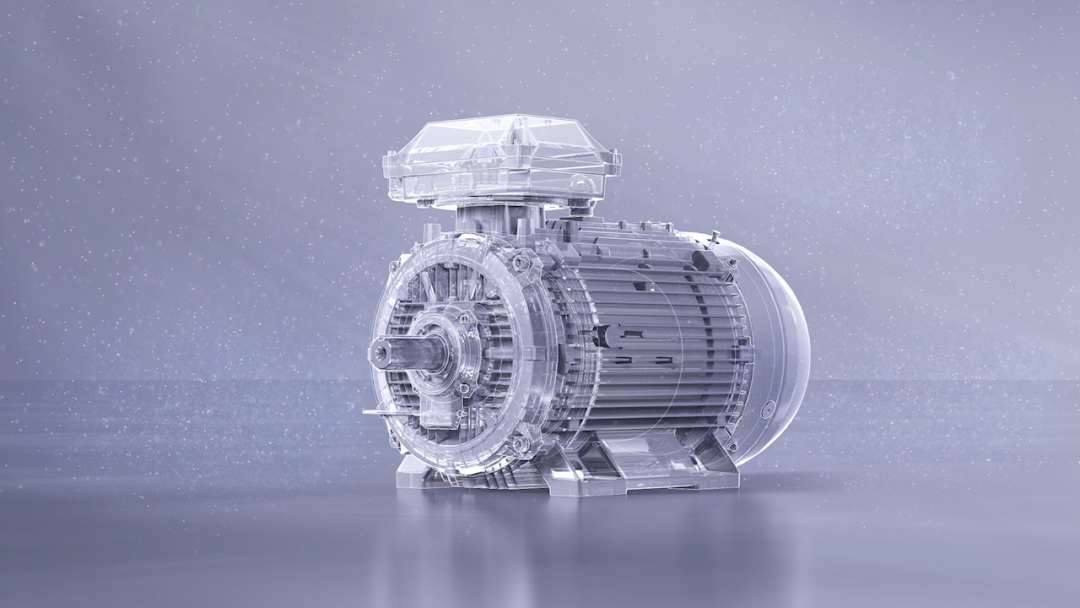
High-speed and high-torque motors vs. high-torque low-speed motors
The main differences between high-speed and high-torque motors and high-torque low-speed motors are their design goals, application scenarios, and performance characteristics. Here are the main differences between these two types of motors:
1. Speed and torque characteristics:
- High-speed and high-torque motors: These motors are designed for high-speed applications, typically in excess of a few thousand rpm. They are characterized by high power density, small size, and light weight, making them suitable for occasions that require fast rotation and high efficiency, such as wind turbines, electric vehicles, etc.
- High-torque low-speed motors: These motors are designed for low-speed applications that require high torque output, typically in the hundreds of revolutions per minute. Their advantages include good starting force and acceleration ability, and are suitable for occasions that require high power output and low speed and high torque output, such as heavy machinery, conveyor belts, etc.
2. Applications:
- High-speed and high-torque motors: suitable for equipment that requires fast response and high-speed operation, such as high-speed trains, high-performance drones, etc.
- High-torque and low-speed motors: more suitable for equipment that requires large torque to cope with starting acceleration, climbing, loading, etc., such as electric vehicles, industrial cranes, etc.
3. Structure & Control:
- High-speed and high-torque motors: Due to their high-speed operation requirements, they usually require a delicate manufacturing process and strict concentricity assurance, as well as an efficient cooling system to maintain stable operation.
- High-torque low-speed motors: Typically required to achieve low-speed and high-torque output through a reduction gear device, these motors can be more complex in design, but their control and drive systems may be simpler than those of high-speed motors.
In summary, the choice of high-speed and high-torque motor or high-torque low-speed motor should be comprehensively considered according to the actual application requirements, such as the speed, torque, power and space constraints required by the equipment.
Tips for Choosing the Right High Speed High Torque Motor
Choosing the right high-speed, high-torque motor is a process that involves several key factors. Here are some key tips to consider:
Tips for the selection of high-speed and high-torque motors
1. Application requirements analysis: Clarify the required working speed, power demand and torque characteristics of the motor, as well as the environmental conditions of the motor operation.
2. Motor type selection: DC motor, permanent magnet synchronous motor or induction motor are selected according to the application requirements.
3. Heat dissipation capacity consideration: Ensure that the motor has an effective heat dissipation design, such as air cooling, water cooling or oil cooling, to cope with the heat generated during high-speed operation.
4. Bearing and mechanical structure design: Choose a bearing type that can withstand high-speed rotation, such as ceramic bearings or magnetic levitation bearings, and ensure that the rotor design can withstand centrifugal force in high-speed operation.
5. Drive and control requirements: ensure that the frequency converter can provide a high enough frequency output, and select a motor with a high-resolution encoder or Hall sensor to achieve accurate control.
6. Efficiency and cost considerations: Choose high-efficiency motors to reduce energy waste, while considering the cost of the motor and maintenance costs.
Application areas for high-speed and high-torque motors
High-speed and high-torque motors are widely used in occasions that require high-speed rotation and large torque output, as follows:
(1) High-speed motors are used in various occasions such as centrifugal compressors for air conditioners or refrigerators, and with the development of science and technology, there are more and more special requirements, and its application will become more and more extensive.
(2) With the development of hybrid vehicles in the automobile industry, high-speed generators with small size and light weight will be fully valued and have good application prospects in hybrid vehicles, aviation, ships and other fields.
(3) The high-speed generator driven by the gas turbine is small in size and has high mobility, which can be used for the backup power supply of some important facilities, and can also be used as an independent power supply or a small power station to make up for the lack of centralized power supply, which has important practical value.
By considering the above factors, you can choose the high-speed, high-torque motor that best suits the needs of your application.
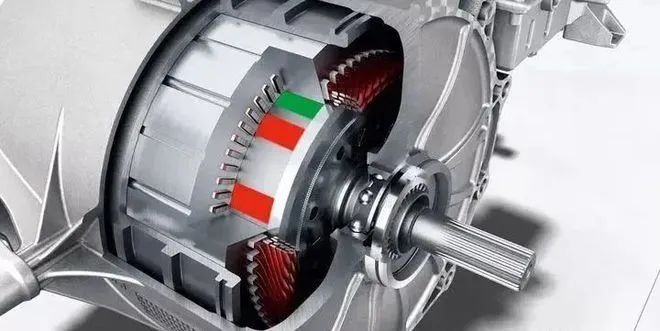
What are the applications of high-speed motors in new energy vehicles?
Battery electric vehicles (BEVs): High-speed and high-torque motors are the main power source for pure electric vehicles, providing them with efficient driving power. High-speed motors can meet the requirements of electric vehicles for power output, acceleration performance and range.
Hybrid Electric Vehicles (HEVs): High-speed, high-torque motors are used in hybrid vehicles to provide additional power support and recuperate braking energy. By working together with high-speed electric motors, hybrid vehicles can achieve higher fuel economy and reduced emissions.
Extended-range electric vehicles (EREV): High-speed, high-torque motors play an important role in extended-range electric vehicles. It can be used as a generator to charge the vehicle and extend the range in electric mode.
High-performance electric vehicles: High-speed, high-torque motors play a key role in high-performance electric vehicles. Its high power density and fast response provide excellent acceleration and driving experience.
The following are the specific application models:
Tesla Model S: The Tesla Model S is driven by a high-speed electric motor with high power density and high efficiency. This electric sedan has excellent acceleration performance and long range, making it one of the leaders in the new energy vehicle market.
Neo EP9: The Neo EP9 is a high-performance electric supercar that is equipped with multiple high-speed electric motors to provide it with powerful power output. The EP9 has become the focus of the automotive world with its amazing acceleration performance and extremely high top speed.
BYD Qin Pro EV: The Qin Pro EV is a compact plug-in hybrid model that uses a high-speed electric motor as its main power source. It has achieved a good balance between energy saving, environmental protection and driving performance, and has become one of the new energy vehicles that has attracted much attention in the market.
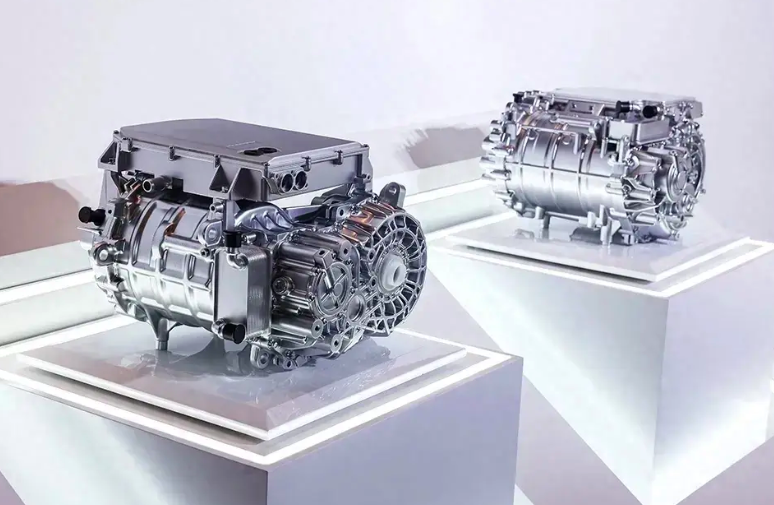
Conclusion
In the future, the electric drive system will develop in the direction of high power density and low cost, and high speed is one of the important technical means to achieve this goal, which has the advantage that under the same power working condition, the speed is increased, and the torque can be reduced, so that the motor size can be reduced, and the amount of motor materials can also be reduced, which also brings about the reduction of motor costs. Therefore, the high speed of the motor has a good application prospect in hybrid vehicles. With the continuous advancement and innovation of technology, it is believed that high-speed and high-torque motors will continue to promote the development of the electric vehicle industry and provide users with a more efficient, environmentally friendly and excellent driving experience.
Read More: Convert Gas Car to Hybrid: A Step-by-Step Guide










